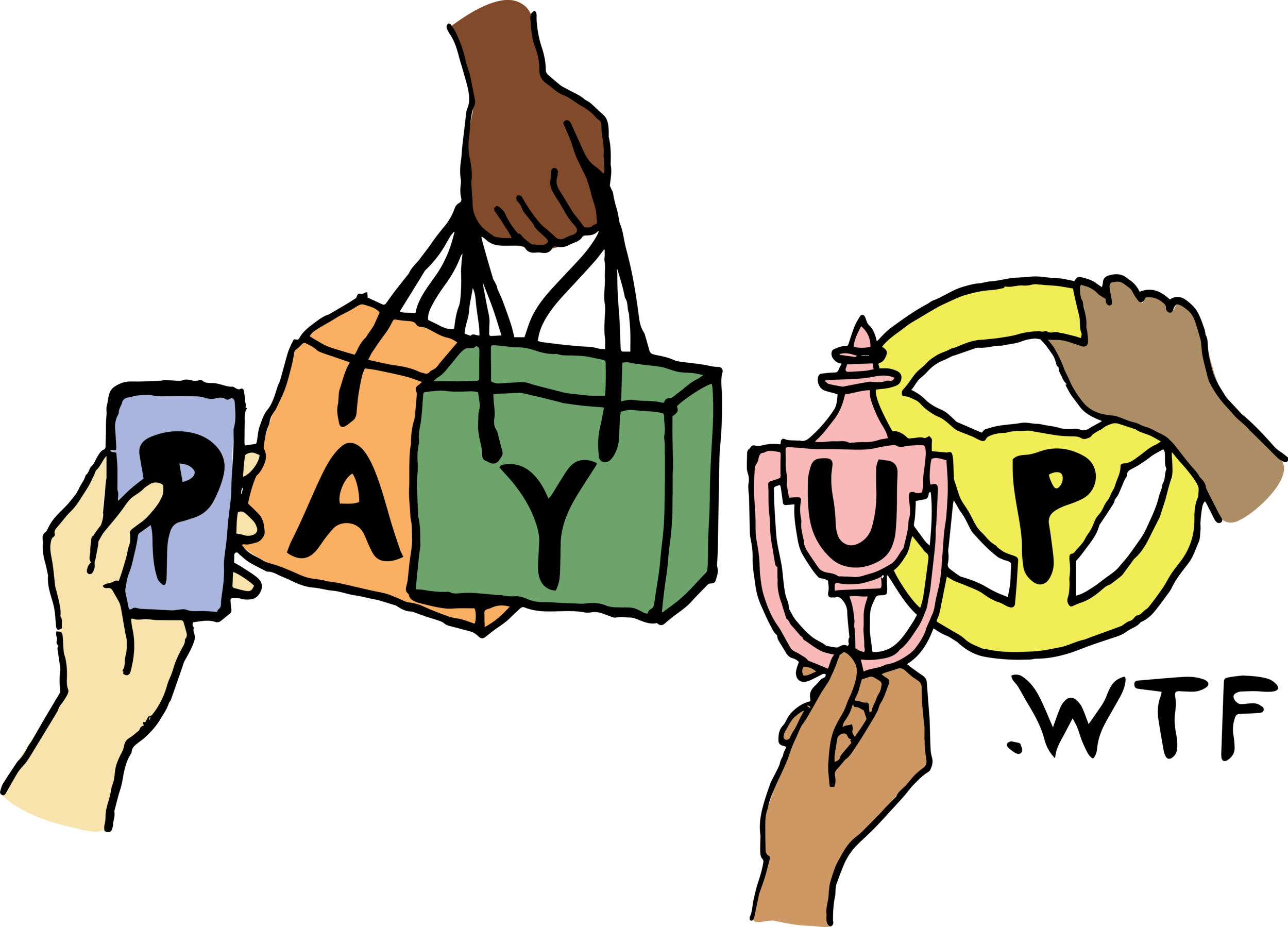“First at Instacart and now at DoorDash, the Pay Up campaign has organized workers, spoken out to customers, and created irresistible public pressure that transformed the pay model of a multibillion-dollar corporation.
Read MoreCustomers don’t just “add” a tip: DoorDash in fact sets customers to a default 15% tip. Leave that at the default of 15%, and it adds $0 to what the worker gets paid.
Read MoreDoorDash’s announcement basically amounted to…saying that they’re sticking with the same exploitative pay model they’ve been using for years: using customers’ tips to subsidize workers’ pay so DoorDash can get away with paying as little as $1 per job.
Read More"Talking about transparency is good. And admitting you pay $1/job is better than denying it. But $1 is still $1.”
Read MoreThe fact that Postmates cut pay overnight with no warning is bad enough. But it gets worse when you dig into what Postmates is actually paying workers since they “updated” their pay system.
Read MorePostmates cut their pay overnight with no warning. But workers aren’t standing for it.
Read MoreHere’s why we need Instacart, DoorDash, and other gig companies to #PayUp.
There are a million screenshots we could share to make it clear just how shady gig companies are when it comes to pay. But let’s dig into a couple.
Read MoreA new analysis of more than 1,400 Instacart pay records finds that the average Instacart worker is paid just $7.66/hour, after accounting for the costs of mileage and additional payroll taxes borne by independent contractors.
Read MoreHundreds of you joined us for our very first National #PayUp meeting on March 27. We came together and talked about how we go from big ideas to crafting real policy. We dug into some of the issues people are seeing across different apps. And we talked about the next steps we can all take to make gig companies finally #PayUp.
Read MoreThat’s loyalty.
Read MoreA survey of tip-taking & payment models on gig economy apps like DoorDash, Instacart, GrubHub, Postmates, Amazon Flex, Uber, and Lyft
Read MoreDoorDash claims that workers in the US averaged “more than $17.50 per hour on a delivery” last year. Even if that $17.50 figure is accurate, it works out to less than $6/hour after backing out tips and accounting for the cost of mileage, contractors’ additional payroll taxes, and other expenses.
Read More“We, current and future tech workers, have a message for DoorDash execs and investors: we will not work for you until you fix your pay practices.”
Read MoreDoorDash promises to pay just $1 for any given job that comes from their own money. Past that one dollar – literally, one single dollar — the more the customer tips, the less DoorDash pays. They just replace pay with tips. And despite how much they like to say “transparency”, they don’t even actually show workers how much pay is coming from the company on a given job, and how much is from the tip.
Read MoreCheck out this long, detailed story from KQED public radio in San Francisco on what happened with Instacart, and what we’re looking to do next on the Pay Up campaign. And special bonus: KQED broadcasts out of San Francisco, the headquarters city of many gig economy economy…. including Instacart!
Read More“Far from appeasing workers, Instacart’s concessions have emboldened them to demand action on more complaints, such as Instacart bundling multiple customer orders into one batch in order to pay less. They are also reaching out to contractors at other delivery services, such as DoorDash and Amazon Flex to reform how workers get paid.”
Read MoreOur National Meeting for Instacart workers on 2/13 was joined by eight hundred shoppers & customers — an incredible gathering of voices and ideas about how we can move forward and push for real change from Instacart and other gig economy companies like it.
Read MoreThe New York Times covered the organizing effort by Instacart workers — and the company’s reversal under pressure. As they wrote: “The gig economy’s work force is fighting back, and in some cases, it’s winning.”
Read More“Instacart confirmed that when its payment algorithm determines a driver should be paid below that guaranteed $10, the company uses the customer’s predelivery, “up front” tip to cover the difference. The “up front” tip is automatically set to 5% on the Instacart app; if the customer removes the tip, and the payout would be below $10, Instacart itself covers the cost. The company said the number of orders where the algorithmically determined payment comes out to under $10 is low, but declined to specify a percentage.”
Read More“The decrease in our wages of at least 30 percent - it's just not fair,” Knudson said. “We can see how they're using the customers' tips to pay us less,” she said.”
Read More


















